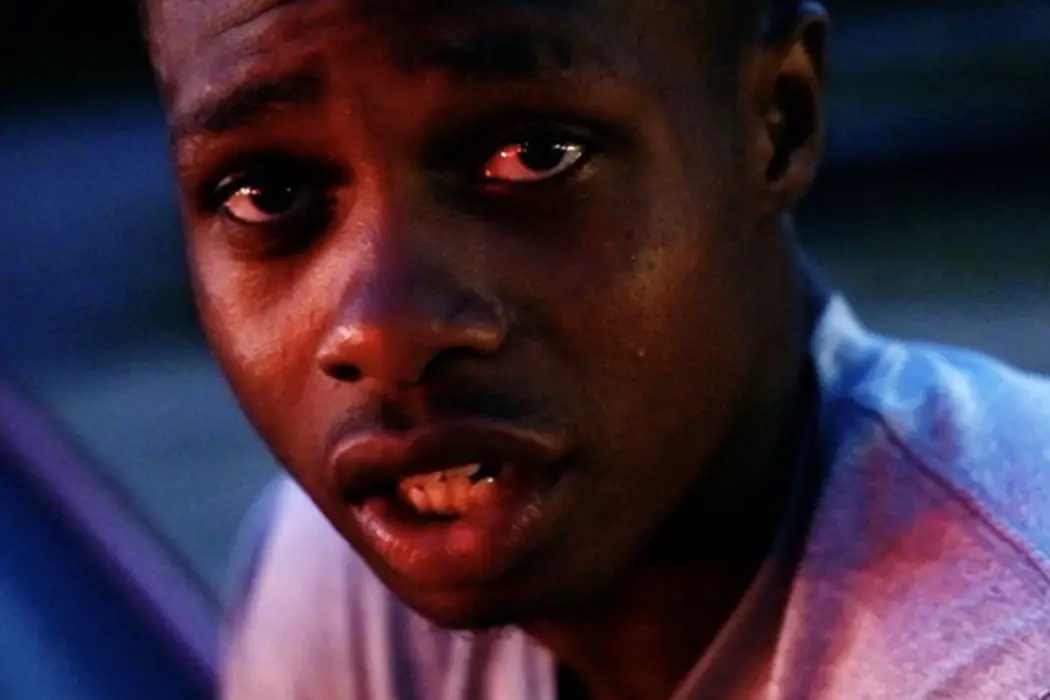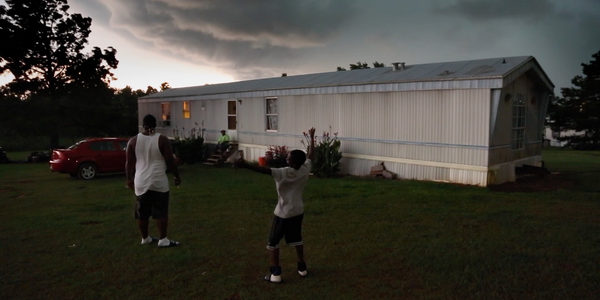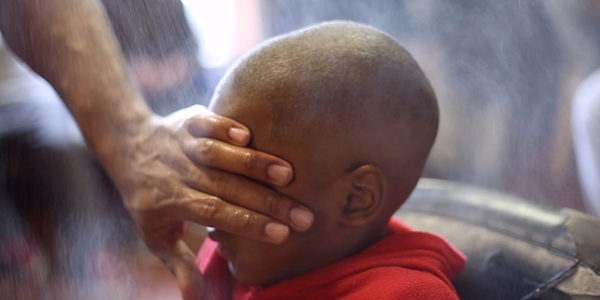HALE COUNTY THIS MORNING, THIS EVENING: The Beautiful Power of the Everyday

Arlin is an all-around film person in Oakland, CA. He…
It can be difficult for thoroughly entrenched artistic mediums to continually maintain a spirit of innovation, especially once they age past a century. Supposed soothsayers have been predicting the imminent demise of cinema for nearly as long as it’s been around, but that sentiment has felt especially relevant in recent years with the rise of streaming, social media, and virtual reality. But amid an onslaught of “innovation,” certain works can shine through and ignite a set of creative possibilities from which films can draw inspiration for decades. Hale County This Morning, This Evening is such a work.
The film takes place in the eponymous region of 2500 in rural Alabama. While the loose focus is on residents Daniel Collins and Quincy Bryant and their families, the film is less concerned with a conventional presentation of their lives as narrative, instead offering impressions through an enrapturing series of snapshots. Hale County employs an innovative filmic language within the context of a “documentary” to renegotiate non-fiction cinematic representations of “blackness”, while also wrestling with a host of societal, philosophical, and aesthetic concerns. Remarkably, at only 76-minutes, Hale County features one of the most robust presentations of human experience ever committed to the screen.
Imaging Meaning
Possibly because he was already integrated into the community which the film documents, Hale County presents the subjectivity of its participants in a way that few docs do, though I’m certain most strive for. Emotions here feel experienced rather than presented. Even still, the film remains staunchly RaMell Ross‘s, and his vision permeates throughout. But authorship here is three-fold, as Hale County not only invites but requires the active participation of the viewer to draw connections and create meaning for themselves.

Ross‘s cinematography boasts an economy of images; so many shots one might mistake as mundane or trivial are actually humming with meaning and associations, not to mention an aesthetic flair refreshing for a documentary. One of the most interesting things film often does is to depict the traces of events, with a focus on a plane just beside that of the central action one might expect to be included, such as shadows, or droplets of sweat hitting the ground. It’s a technique that results in some striking imagery, and also serves as a microcosm for the way in which much of the film operates, in implications and references.
In part because of the innovative cinematography and his uniquely trained eye, Hale County also displays a remarkable economy of time, not just for its relatively short duration, but also because Ross allows the internal and external to exist in concert. His film is acutely self-aware but also cognizant of the decades of context in which it exists. Hale County frequently references itself, asking the viewer to recall earlier sequences, and the director doesn’t hide his participation, as in one memorable scene where he describes what he’s doing to an inquiring neighbor.

But the film is also constantly in conversation with a host of references from without; film, history, art, and politics are always present but seldom explicitly addressed. In one brief part, one of the film’s leads is pulled over, red and blue lights flashing in the sideview, inviting a host of extra-textual references from the audience to imbue the scene with meaning specific to their own views and experiences. In this way, Ross has created a living work that will continue to instigate new significances far beyond the life of its players.
There’s one striking shot in the film where the camera looks upwards at a star streaked sky through a basketball hoop that calls to mind David Hammon‘s Higher Goals, extending his impossibly tall basketball hoop into the cosmos, as if to say that the bar of achievement for young black men in America has grown even more unobtainable, to a ludicrous degree. It’s an idea put forth throughout the film; Quincy and Daniel are almost always in motion, working furiously towards their goals, and this is a weight that the Black community in America bears from a young age, as expressed by the exasperated but determined sweat on young Kyrie Bryant, who owns 2018’s best scene.
Hale County This Morning, This Evening: Pursuit and Patience
Separate from their myriad meanings, events depicted in the Hale County speak to a remarkable patience on the part of the director; moments whose capture could have only resulted from an unassuming camera content to let red light run. Through his 1300 hours of footage (for comparison, Hoop Dreams, also shot over five years but pushing three hours, was famously culled from 300 hours of footage), Ross had the foresight to sit back and let action and meaning come to him, then curate the results.
The film favors the loose connective threads of memory over the top-down construction of pictorial narrative. It’s refreshing to see a documentary actively resisting the pressures of messaging and story yet still so unambiguous about its aims and ideas. RaMell Ross owns one of the most assured feature directorial debuts since The Act of Killing. At the least, Hale County is a staggering achievement of filmmaking, and at most an essential American text.
Haley County This Morning, This Evening was released in theaters in the USA on September 14, 2018. For all international release dates, see here.
Does content like this matter to you?
Become a Member and support film journalism. Unlock access to all of Film Inquiry`s great articles. Join a community of like-minded readers who are passionate about cinema - get access to our private members Network, give back to independent filmmakers, and more.
Arlin is an all-around film person in Oakland, CA. He received his BA in Film Studies in 2010, is a documentary distributor and filmmaker, and runs Drunken Film Fest Oakland. He rarely dreams, but the most frequent ones are the ones where it's finals and he hasn't been to class all semester. He hopes one day that the world recognizes the many values of the siesta system.













